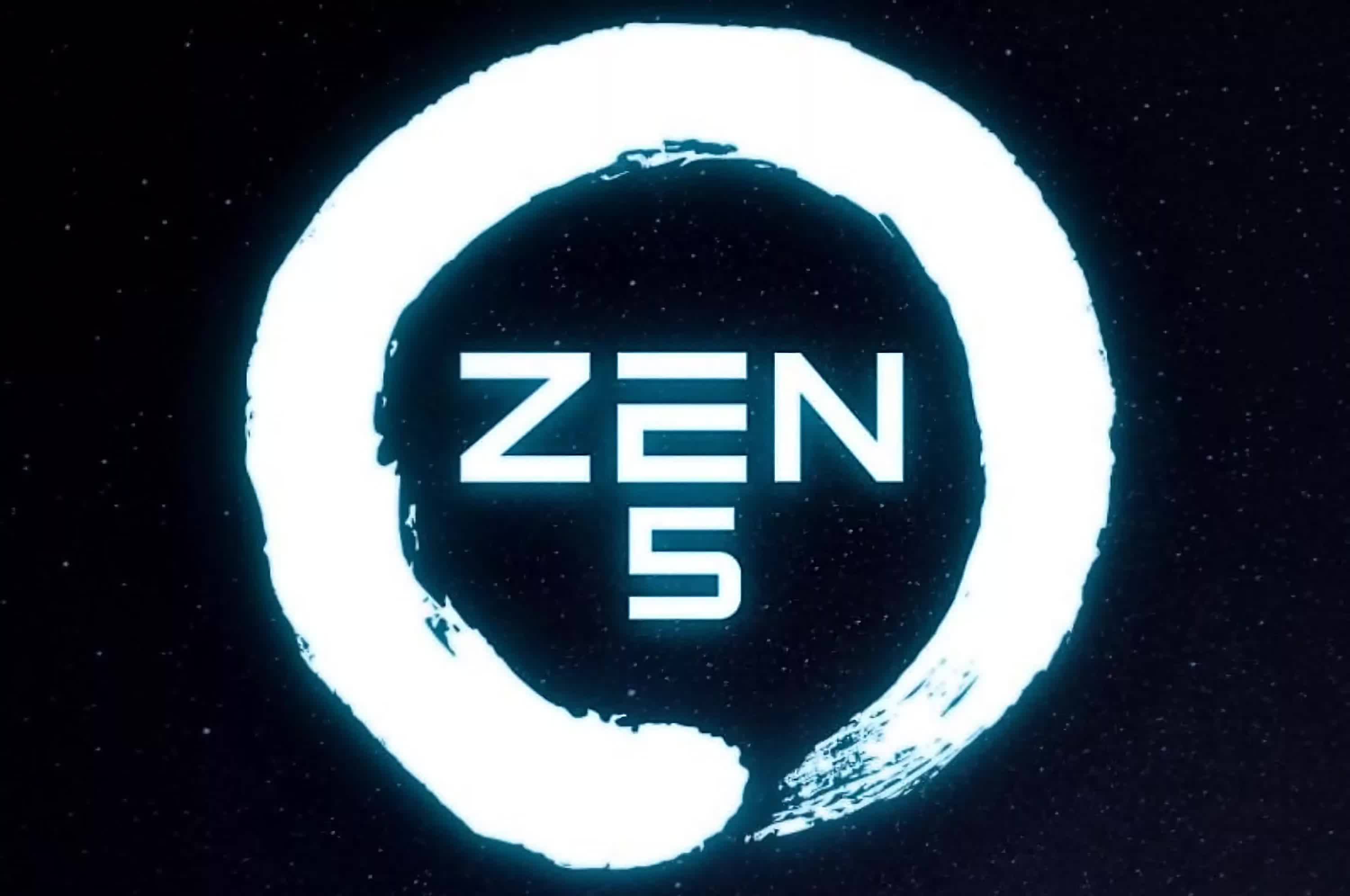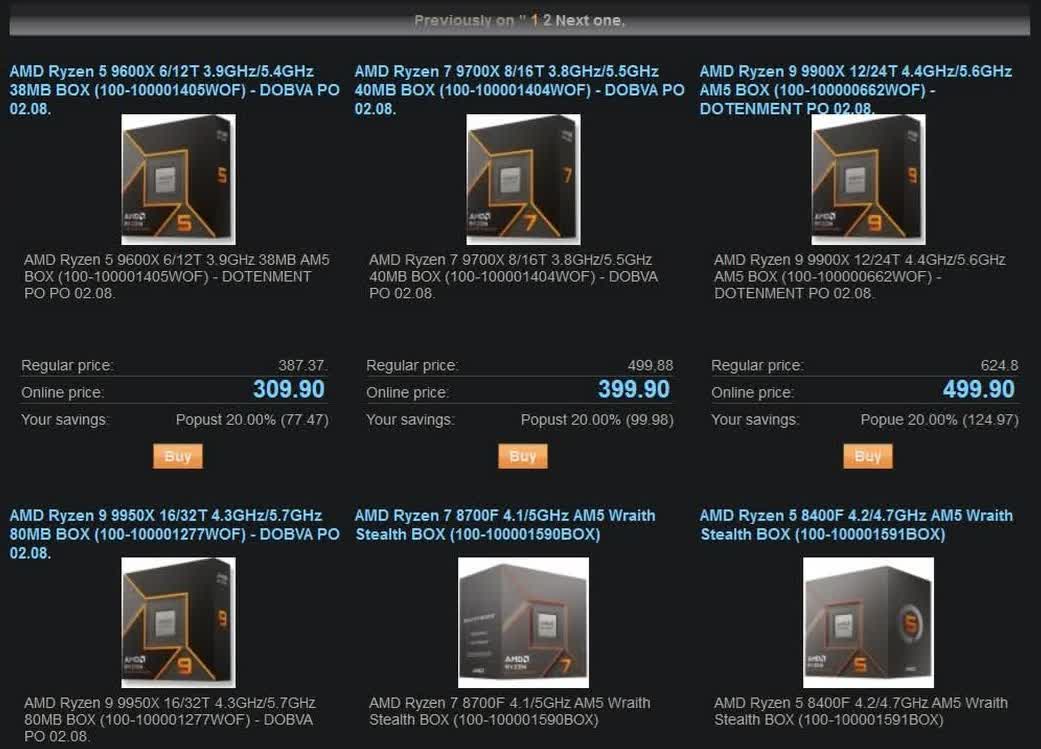In context: AMD is scheduled to launch its Zen5-based Ryzen 9000-series processors later this month. Thanks to Team Red's official announcement at Computex 2024 last month, we already know some of their hardware specs. New online listings have now seemingly revealed their prices as well, and it looks like potential buyers may have reasons to celebrate.

According to listings by Slovenian retailer Funtech, the launch prices of all four Ryzen 9000 SKUs will be lower than those of their Zen 4 counterparts. The flagship Ryzen 9 9950X was listed at just €659.90 (around $708), although its official price is €824.88 (around $886).
The asking price for the 9950X is similar to the $699 MSRP of the Ryzen 9 7950X3D, potentially making it a great upgrade for those already using an AM5 setup. The 9950X is a 16-core, 32-thread processor, clocked at up to 5.7GHz, with 64MB of L3 cache and a 170W TDP.
Next in line is the Ryzen 9 9900X, which has 12 Zen 5 cores, 24 threads, a clock speed of up to 5.6GHz, 64MB of L3 cache, and a 120W TDP. It is listed at €499.90 (around $537), which is significantly lower than the Ryzen 7 7900X's €669 launch price in Europe.
The Ryzen 7 9700X, meanwhile, is an 8-core, 16-thread processor with a maximum frequency of up to 5.5GHz, 32MB of L3 cache, and a 65W TDP. It is priced at €399.90 (around $429), which is lower than the €479 launch price of the Ryzen 7 7700X in Europe.
Finally, there's the Ryzen 5 9600X, which features six cores, 12 threads, a boost clock of up to 5.4GHz, 32MB of L3 cache, and a 65W TDP. It's listed at €309.90 (around $332), compared to the €359 launch price of the Ryzen 5 7600X.
Please note that AMD has yet to officially announce the pricing for its Ryzen 9000 lineup, so take this leak with a pinch of salt, as these could be placeholder prices. Additionally, European prices are typically listed without the VAT (Value Added Tax), meaning the final cost for these chips could be higher.
AMD announced its new Zen5-based Ryzen 9000 "Granite Ridge" desktop CPUs at Computex 2024 in Taiwan last month. The chips will be compatible with the AM5 socket and will support DDR5 and PCIe 5.0 technologies. While the company has yet to provide an in-depth look at the Zen 5 architecture, it is said to be a major upgrade from the Zen 4 core design, with a 16 percent IPC improvement based on a geometric mean.
Early AMD Ryzen 9000 Zen 5 listings suggest lower prices than Zen 4
